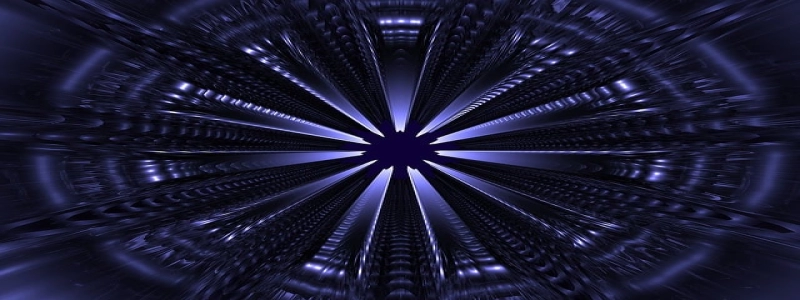Cat 6 Ethernet Cable Specs
Introduction:
Ethernet cables are essential components in establishing wired internet connections. There are various types of Ethernet cables available, each with its specifications and features. One such popular type is the Cat 6 Ethernet cable. In this article, we will delve deeper into the specifications and features of Cat 6 Ethernet cable.
I. What is Cat 6 Ethernet Cable?
A. Definition: Cat 6, short for Category 6, is a network cable standard that provides high-performance wired connectivity.
B. Features: Cat 6 cables are backward compatible with previous Ethernet cable standards, including Cat 5 and Cat 5e. It offers improved performance and allows faster data transmission speeds.
II. Cable Construction:
A. Conductor: Cat 6 Ethernet cables typically use 23-gauge copper conductors, which provide efficient and reliable signal transmission.
B. Twisted Pairs: The cable consists of four twisted pairs of wires. The twisting helps reduce crosstalk and electromagnetic interference, maintaining signal integrity.
C. Insulation: Each conductor is individually insulated to prevent electrical shorts and interference between the wires.
III. Speed and Bandwidth:
A. Data Transmission: Cat 6 cables support Gigabit Ethernet, enabling data transfer rates of up to 1000 Mbps (1 Gbps).
B. Bandwidth: Cat 6 cables offer a higher bandwidth capacity compared to previous cable categories. They can handle up to 250 MHz frequency, allowing for faster and more efficient data transmission.
IV. Cable Length and Connectors:
A. Cable Length: Cat 6 Ethernet cables are available in various lengths, ranging from a few feet up to 250 feet or more. The cable length should be chosen based on the specific networking requirements.
B. Connectors: Cat 6 cables use RJ-45 connectors, which are the standard connectors for Ethernet cables. These connectors allow easy and secure connections between devices.
V. Application and Compatibility:
A. Application: Cat 6 cables are widely used in various networking applications, including home networks, office networks, and data centers.
B. Compatibility: Cat 6 Ethernet cables are compatible with devices and equipment that use previous Ethernet cable standards, such as Cat 5 and Cat 5e. However, to achieve optimum performance, it is recommended to use Cat 6 cables throughout the network.
VI. Advantages of Cat 6 Ethernet Cable:
A. Faster Speeds: Cat 6 cables offer faster data transfer rates compared to lower category cables, making them ideal for bandwidth-intensive tasks.
B. Less Signal Interference: The twisted pair design of Cat 6 cables minimizes crosstalk and electromagnetic interference, ensuring stable and reliable connections.
C. Future Proofing: Upgrading to Cat 6 cables ensures compatibility with future network requirements and technologies, providing a long-term solution.
Conclusion:
Cat 6 Ethernet cables provide high-performance wired connectivity, allowing for fast and reliable data transmission. With their improved speed, bandwidth, and compatibility, Cat 6 cables are widely used in various networking applications. By understanding their specifications and features, users can make informed decisions when selecting Ethernet cables for their network infrastructure.







